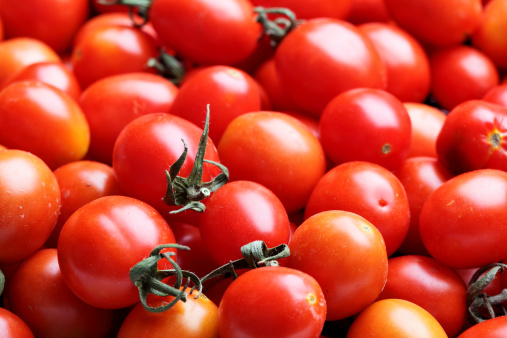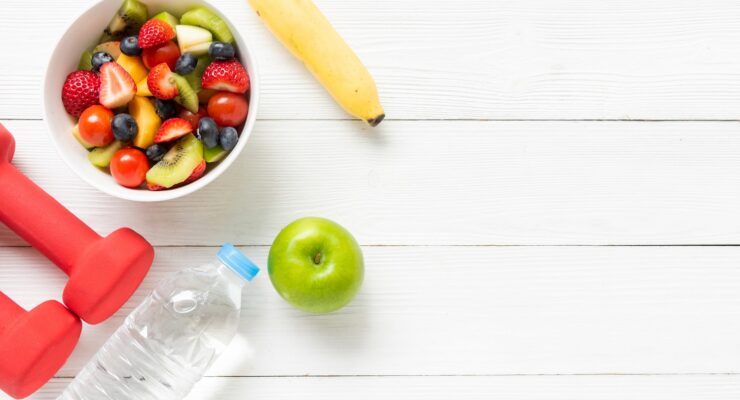Gardening with Scott: Your Best Tomato Harvest Ever
Article posted in: Lifestyle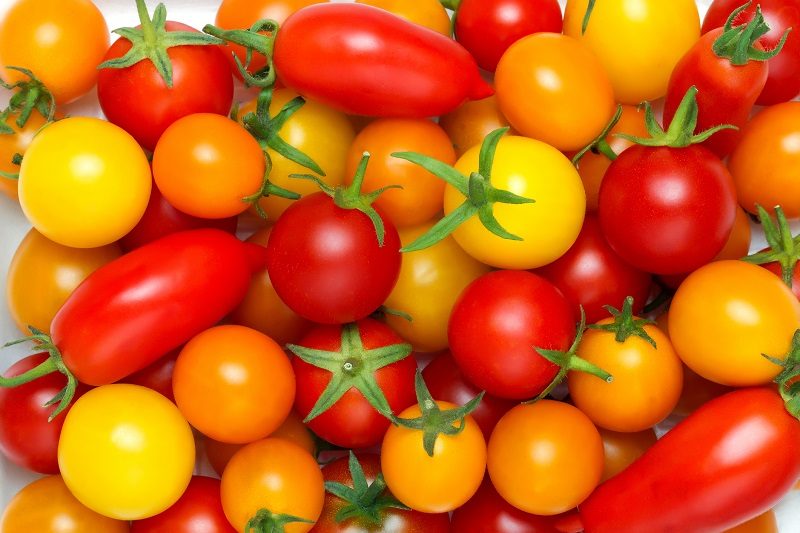
Tomatoes are the most popular veggies to grow yourself because the fresh-picked fruit tastes so much sweeter and fresher than the bland ones usually sold in grocery stores. Tomatoes are also beloved by healthy eaters because they are non-starchy vegetables that you can eat raw in salads or oven roasted as a side dish. A successful tomato harvest is loaded with valuable nutrients: One cup of tomatoes gives you about 25 grams of vitamin C, 350 milligrams of potassium and just 32 calories, according to the United States Department of Agriculture (USDA).
Growing tomatoes doesn’t require a green thumb or even a lot of space—they even do well in pots, if you don’t have room for a garden. While you almost can’t fail with tomatoes if you have a sunny place to put them, this batch of simple tips will help you get the biggest and best-tasting tomato harvest from your very own homegrown vines.
Here’s everything you need to know about growing your best tomato harvest ever:
1. Choose tasty varieties.
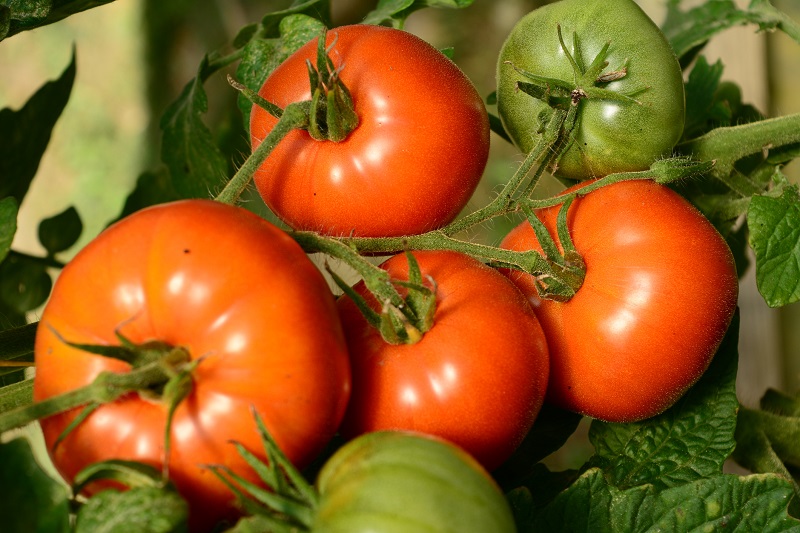
The big beefsteak types take all summer to ripen, but they produce the meatiest and most flavorful tomatoes. Many people love heirlooms such as Brandywine and Cherokee Purple, which win a lot of taste tests, but they are not as productive or as reliable as Burpee’s Big Boy and Park’s Whopper, newer varieties that grow well in all kinds of conditions. If you prefer plum tomatoes to make your own sauce or salsa, try San Marzano or Amish Paste. Cherry tomatoes such as Sweet Million start bearing lots of fruit early in the summer and keep going all season long—just be aware the vines can reach more than six feet tall. For a smaller pot or hanging basket, try Bush Steak or Tumbling Tom.
2. Pick more than one.

If you can, plant a few different varieties so that if any of them are damaged by pests, diseases, drought or other problems, you will still get a harvest to enjoy. Planting a mix of types also can extend your fresh tomato season as they ripen at different times.
3. Start medium.
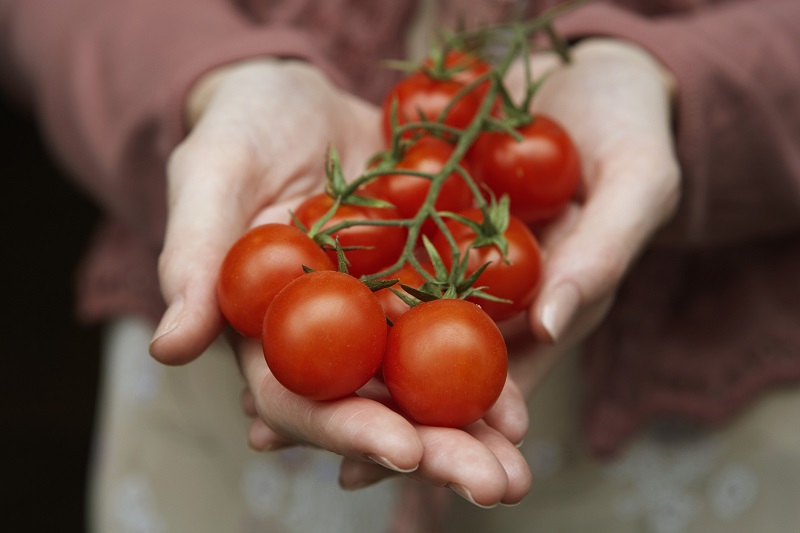
You might be tempted to buy full-grown plants that are already flowering, but those are already peaking and may suffer when transplanted to your garden. Instead, look for medium-size plants with thick stems, which will have a large mass of roots—they’re the key to growing the biggest, healthiest and most productive vines. Before you transplant them to your garden or pot, pinch off any flowers that have formed. You want the plants to first direct their energy into growing more roots rather than ripening fruit right away.
4. Find a sunny, dry spot.
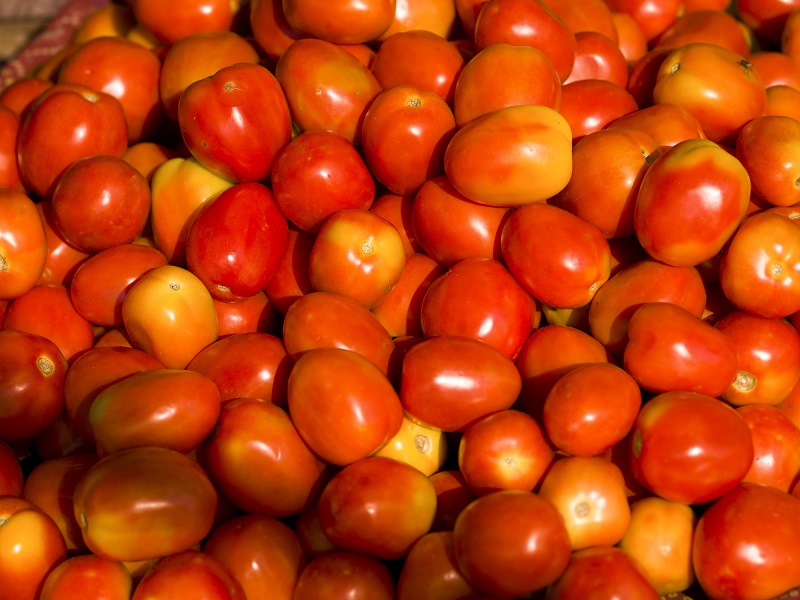
Plant tomatoes where they’ll get 10 hours or more of direct sunlight each day during the summer. If you’re planting in the ground, make sure that the soil doesn’t stay soggy long after a rainstorm—in persistently wet spots, tomatoes are prone to fungal diseases that can spoil the fruit. If you’re planting in a container, use a loose potting mix (not garden soil) so that excess moisture drains away quickly.
5. Dig deep.
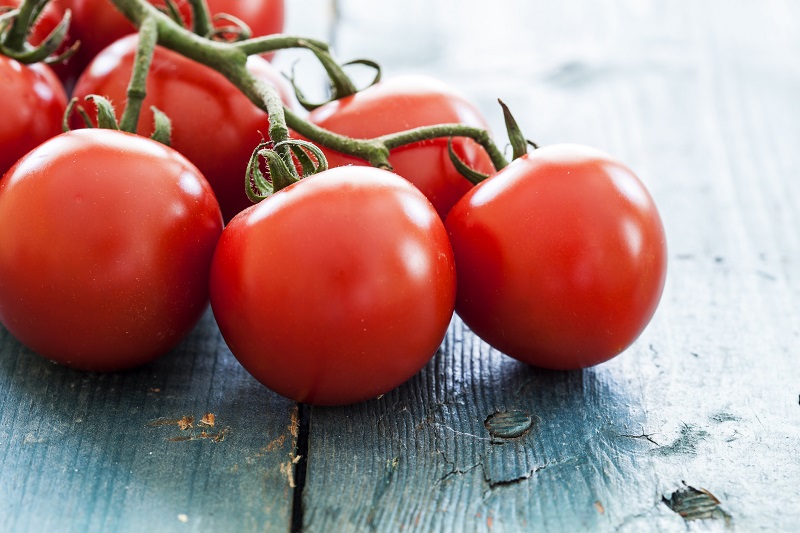
The stems of tomato plants will start growing roots if they’re buried underground. The more stem that’s in the soil, the bigger the root system, the stronger the plant, the more tomatoes you’ll get. Snap off the sprouts and leaves on the stem up to the lowest full branch and then put the plant in a hole up to that branch. If you can’t dig a hole deep enough, just bend the stem to fit the hole.
6. Hold up the vines.
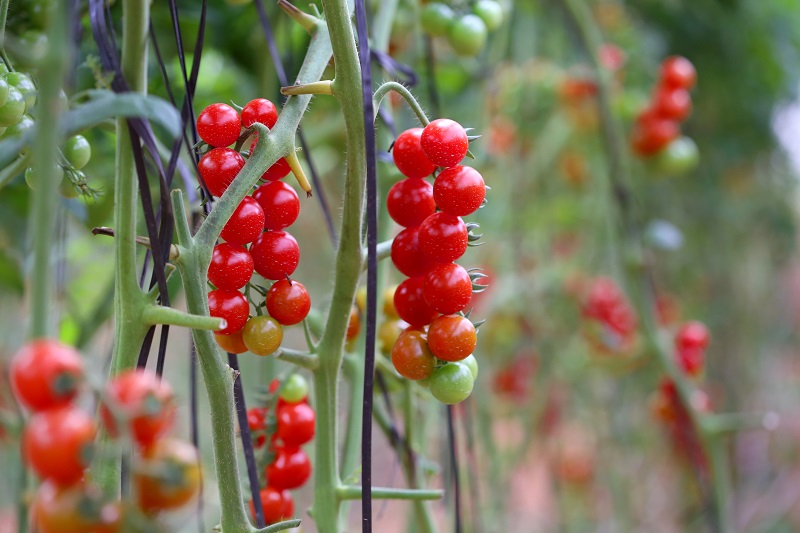
Tomato vines naturally sprawl on the ground, which can leave them and the fruit exposed to pests and diseases living in the soil. Metal cages are easy to use and are sturdy enough for most varieties. But if you’re raising big beefsteaks or others with heavy vines, tie them to tall wooden stakes so they don’t topple in a summer storm. Training tomato vines on stakes is most effective if you prune the plant so it has only one main stem rather than several.
7. Feed weekly.
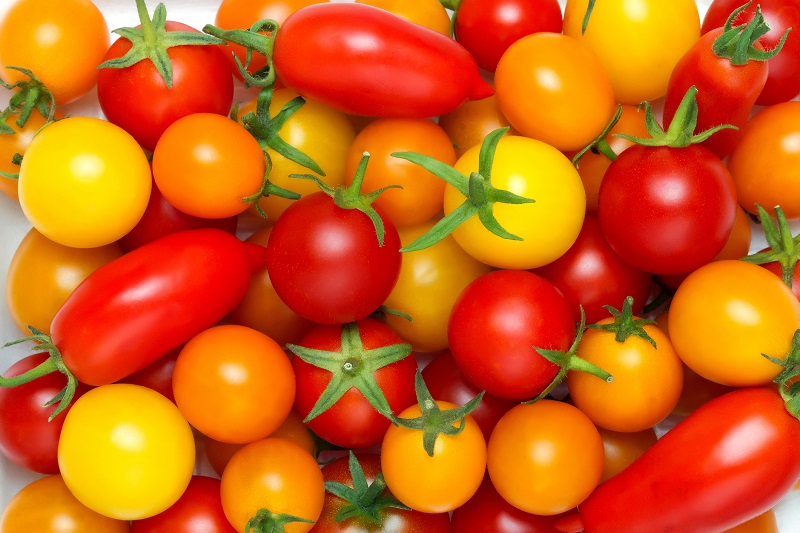
Just like you, a tomato harvest needs a balance of nutrients to grow up strong and healthy. Liquid organic fertilizers made with fish waste and seaweed provide the nutrients tomatoes need in a form that’s easy for them to be absorbed. Water your tomato plants once a week with the fertilizer mixed in. Be sure to follow the package’s dilution instructions—too much fertilizer can lead to big, leafy plants with few or no fruits.
8. Wait to harvest.
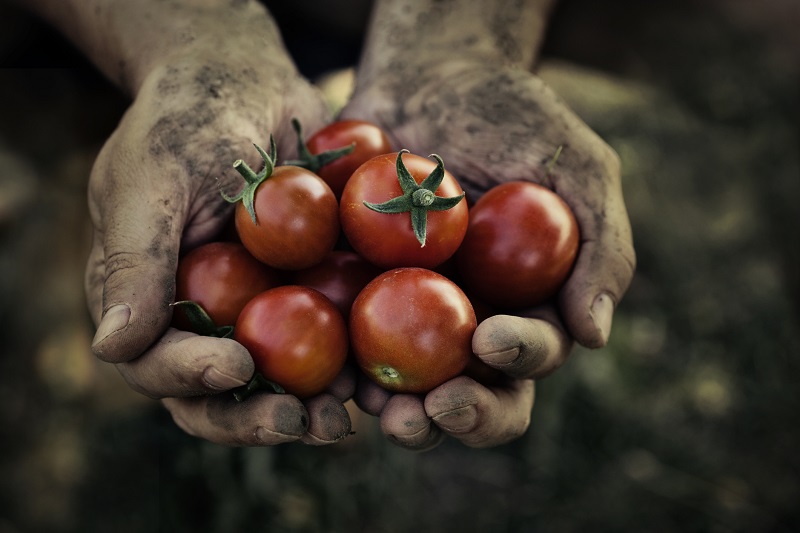
The hardest part of raising a tomato harvest might be waiting until they’re perfectly ripe. When their deep green skin begins to lighten, they start converting their starches into tasty natural sugars. Even after turning fully red, pink, orange or yellow, they may still not yet have their full flavor. Pick tomatoes when they are firm but the skin yields a bit from the pressure. Excess water can cause tomato skin to crack, so gather as many ripe fruits as possible before a heavy rainstorm. At the end of the season, wrap any tomatoes that are still green in sheets of newspaper and store them in a box in a cool, dry place in your house. Check them every week and you’ll see they’ll all gradually ripen.



